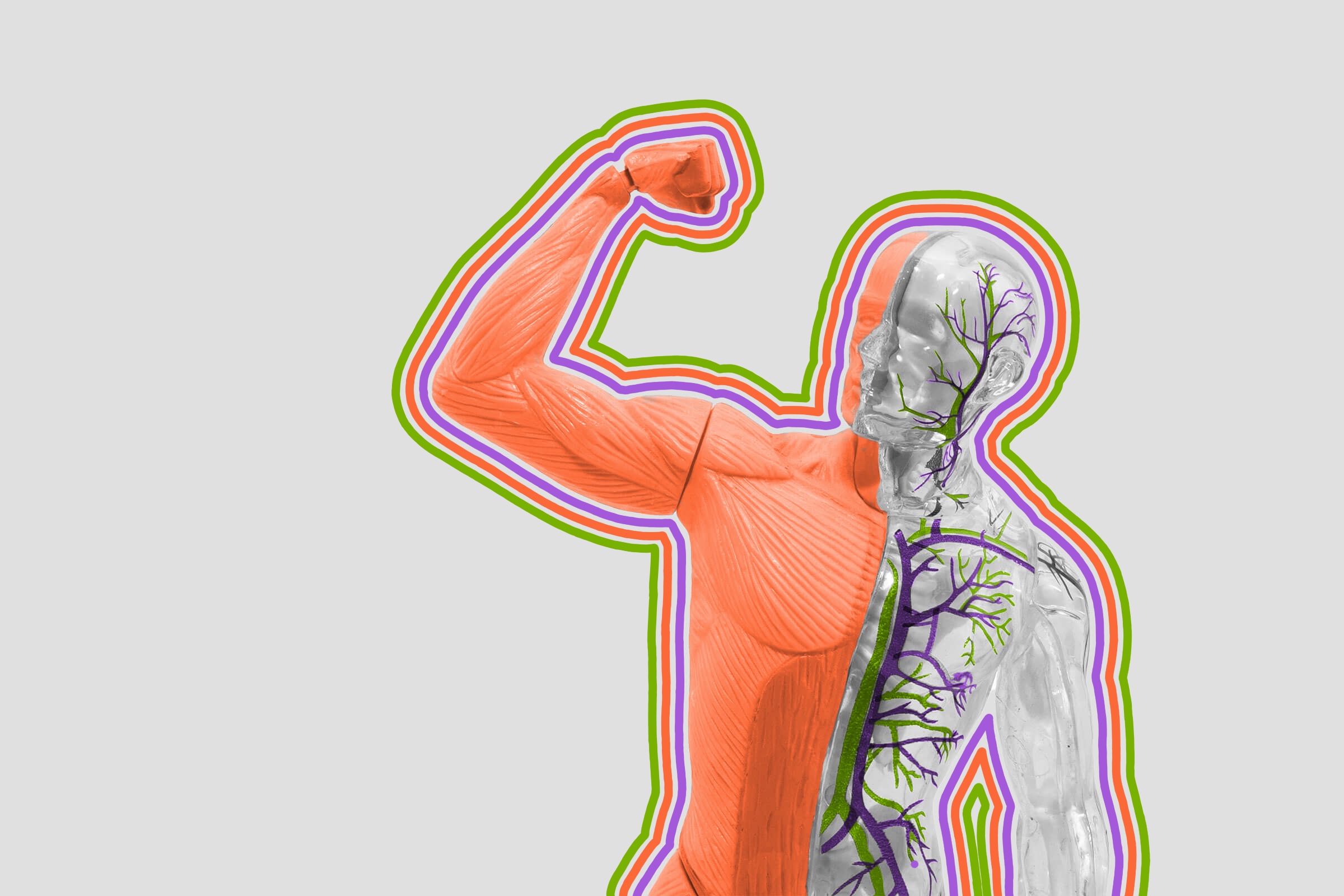
The human circulatory system is more than 60,000 miles long.
Human hearts have a big job: moving oxygen and nutrients throughout our bodies. But as much credit as the heart gets, it doesn’t work alone — the adult human circulatory system includes arteries, veins, and capillaries in a network that’s more than 60,000 miles long.
In terms of distance, the blood vessels in our bodies are lengthy enough to circle the globe twice, with mileage to spare. What’s more, about 80% of that distance comes from just capillaries, the smallest blood vessels that connect veins and arteries. With each heartbeat, the circulatory system is a multi-functioning wonder, working simultaneously to oxygenate blood, remove waste from our organs, and transport hormones and nutrients to their necessary destinations. Meanwhile, this system also stabilizes our bodies by helping to fight off disease and regulate body temperature.
Not all living creatures have circulatory systems, and among those that do, they can look drastically different. Vertebrates — mammals, amphibians, reptiles, and birds — have “closed” circulatory systems, meaning that blood is transported through the body sealed within arteries and veins. Invertebrates (think snails, crabs, and octopuses) have “open” systems with no veins, where blood flows freely throughout the entire body cavity and is directly absorbed by the organs. And some animals, such as jellyfish, anemones, and corals, have no blood or circulatory systems at all, instead relying on the water they live in to supply the oxygen and nutrients they need.
Most people who require blood in medical emergencies are able to get the help they need thanks to blood bank donations. However, some people have such rare blood types that they’re unlikely to receive blood thanks to the near-impossibility of finding a match. That’s the case for people with “golden blood,” an incredibly uncommon blood type that lacks antigens — the proteins in red blood cells that help the immune system determine between harmful and beneficial cells. (Matching antigens is important during blood transfusions because it keeps the body from rejecting donated blood.) Technically called Rhnull, this blood type is so rare that doctors have identified fewer than 50 people with it since first discovering the type in 1961. People with Rhnull have miraculous blood cells that are able to save lives in tricky cases where patients have less-common antigens, though undergoing medical care themselves is complex, and often requires doctors to lean on a small network of fellow donors to obtain the blood they need.

